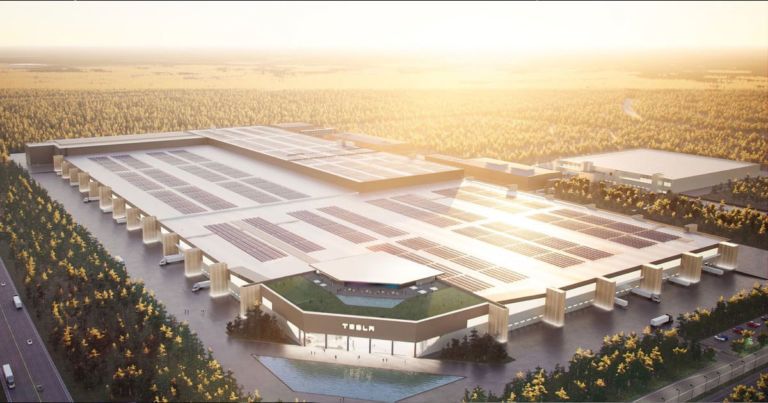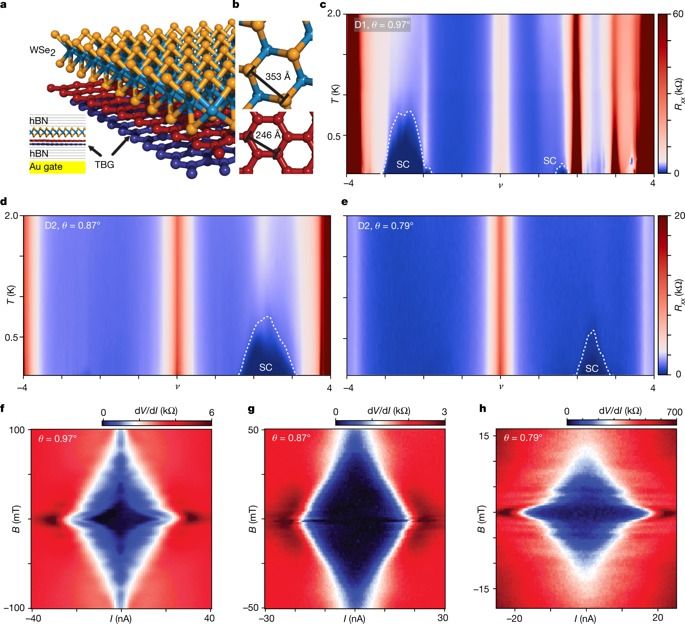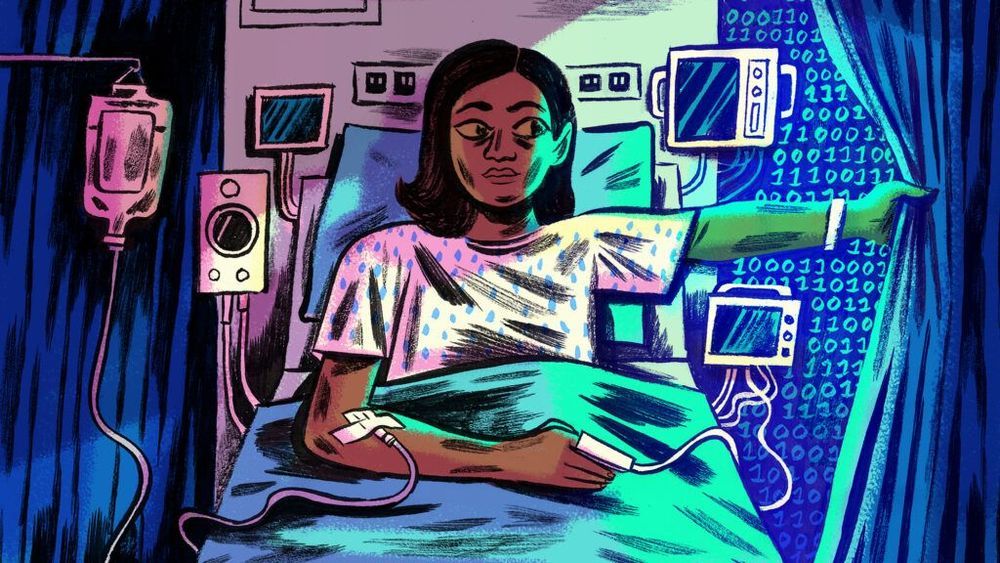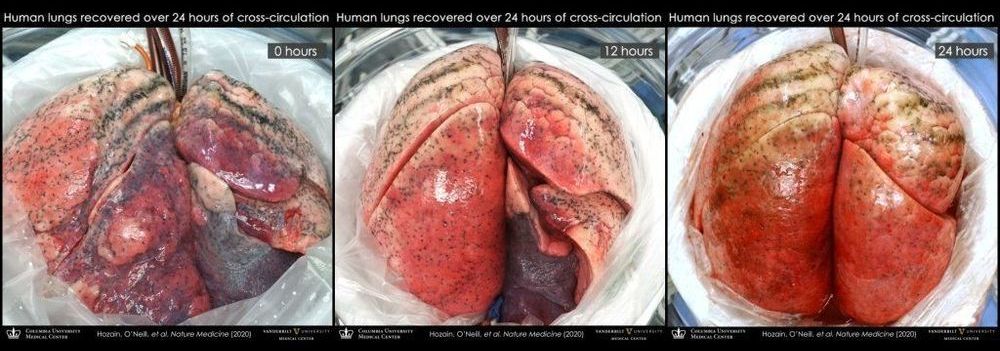The concept isn’t entirely new. In March, Musk posted a poll on Twitter asking his gigantic following if they were interested in a “mega rave cave” below Giga Berlin. 90.2 percent responded with the option “hell yes!”
Musk has plenty of reasons to celebrate. His car company’s valuation sky-rocketed to a high of $1,760 on Monday as tens of thousands of new investors were pouring in from online brokerage Robinhood. The rocketing valuation also sets Musk up for yet another massive $1.8 billion payday.
At the same time, the construction of the manufacturing plant has hit several setbacks, with environmental protests concerning deforestation and worries over drinking water supplies leading to a German court ordering Tesla to cease construction, but lifting the freeze several weeks later.






